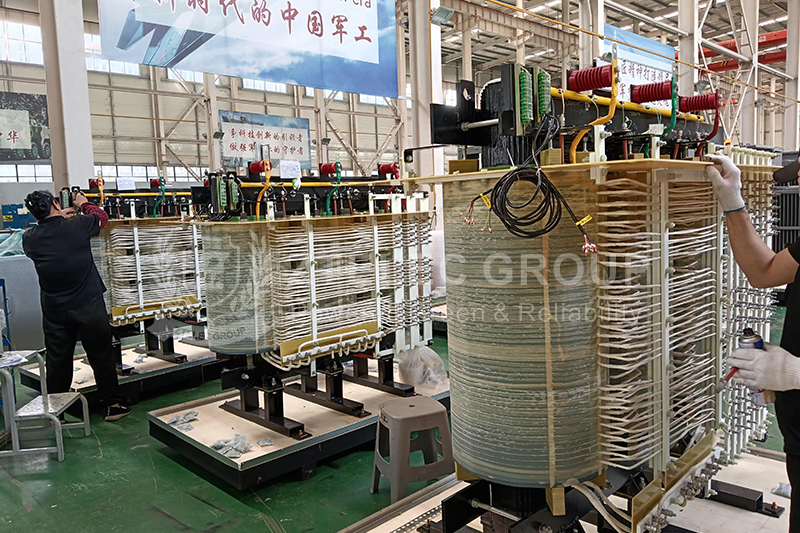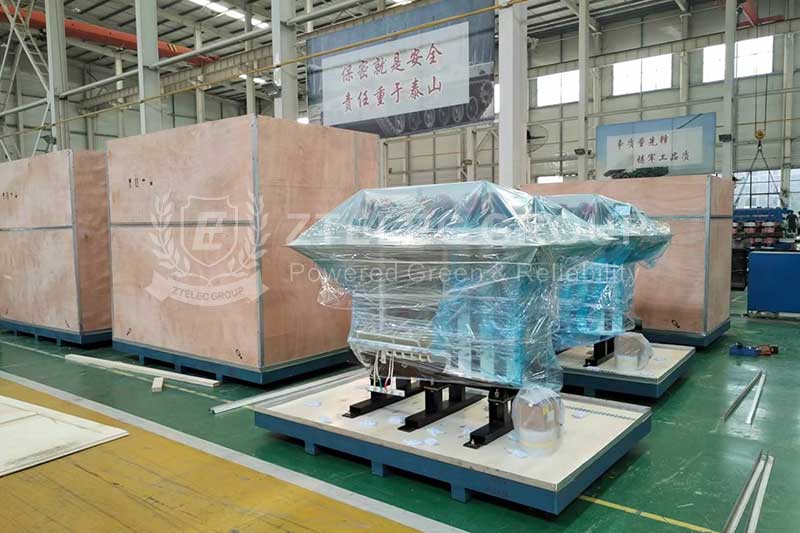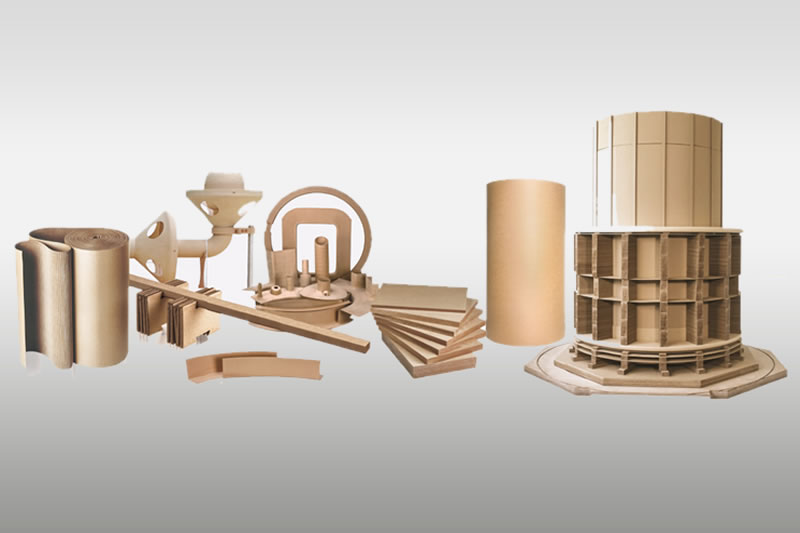Heat-Resistant Crepe Paper: Material Preparation and Practical Applications
In the field of industrial materials, heat-resistant crepe paper is a common and essential product, playing an irreplaceable role in high-temperature environments as well as in modern manufacturing and electrical insulation applications. This article provides a comprehensive overview of heat-resistant crepe paper, from material preparation to practical applications.
What is Heat-Resistant Crepe Paper?
Heat-resistant crepe paper is an insulating material treated with specialized processes, featuring a crepe structure and excellent thermal stability. Its base materials are typically aramid fibers, mica, or ceramic fibers. After undergoing a creping process, the paper exhibits improved flexibility and tensile strength, maintaining stable performance under high temperature, high pressure, and highly corrosive environments.
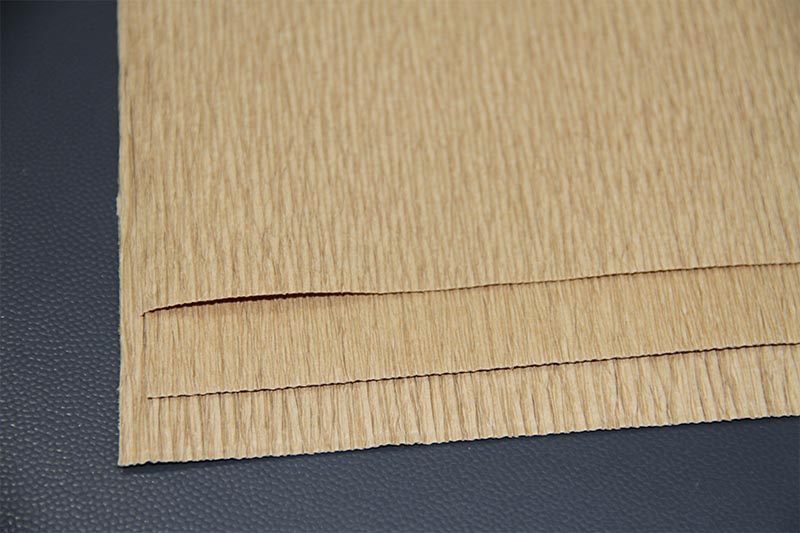
Performance Advantages
Excellent heat resistance: Crepe Paper can operate continuously at temperatures above 220°C, with short-term tolerance to even higher temperatures.
Superior electrical insulation: Crepe Paper has high dielectric strength. And it is suitable for high-voltage electrical equipment.
Flexibility and cushioning: The crepe structure provides good elasticity and tear resistance.
Strong chemical stability: Resistant to acids, alkalis, oils, and various solvents.
Overview of Preparation Process
The preparation of heat-resistant crepe paper combines materials science with precision manufacturing, mainly including the following steps:
Fiber Selection and Treatment
High-temperature-resistant materials such as aramid fibers (e.g., Nomex®), mica, or ceramic fibers are chosen as the base. These fibers inherently maintain stable performance in environments up to 200°C.
Papermaking and Creping
Fibers are processed into a paper base using wet papermaking techniques and then creped to form a wrinkled structure. This structure enhances the paper’s flexibility, tensile strength, insulation performance, and cushioning effect.
Impregnation and Coating
The paper base is impregnated with silicone resin, epoxy resin, or other heat-resistant polymers to further improve heat resistance, moisture resistance, and mechanical strength.
Curing and Cutting
After high-temperature curing, the paper is cut into rolls or sheets of various specifications to meet diverse industrial application requirements.
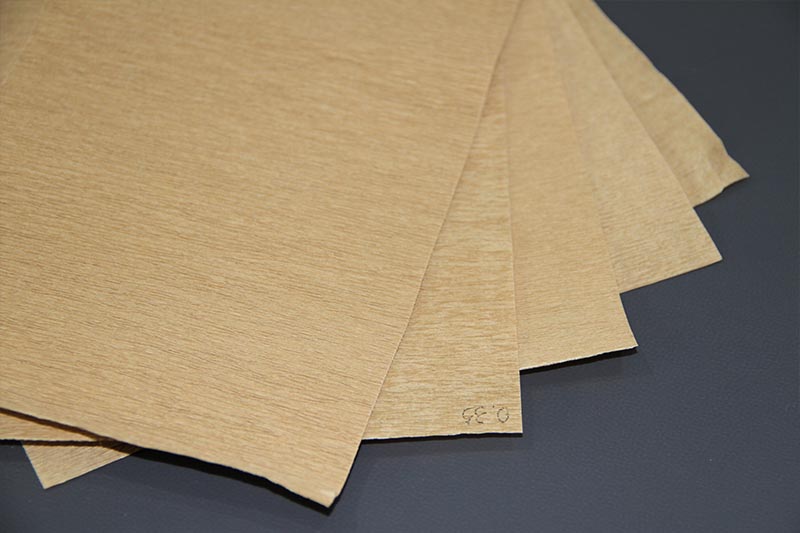
Performance Testing and Quality Control
Thermal Aging Test: Evaluates material lifespan and changes in mechanical properties under continuous operating temperatures (e.g., Tg or heat deformation temperature).
Dielectric Strength and Breakdown Test: Ensures the material’s safety performance under rated voltage and overvoltage conditions.
Moisture Absorption and Oil Resistance Test: Assesses the stability of electrical properties in humid or oil-containing environments.
Mechanical Strength Test: Measures tensile, tear, and compression performance to verify reliability for assembly and long-term use.
Key Application Areas
♦ Transformers and Reactors: Used for end insulation, layered insulation, corner protection, and support pads. The crepe structure helps absorb mechanical stress and improves heat dissipation.
♦ Motors and Generators: Serves as slot wedges and insulation liners, extending insulation lifespan and enhancing vibration resistance.
♦ High-Temperature Packaging and Thermal Protection: Provides short-term protection for high-temperature components, electronic parts, or sensitive elements.
♦ Seals and Gaskets: Crepe paper can replace some polymer materials in applications requiring flexible filling and thermal stability.
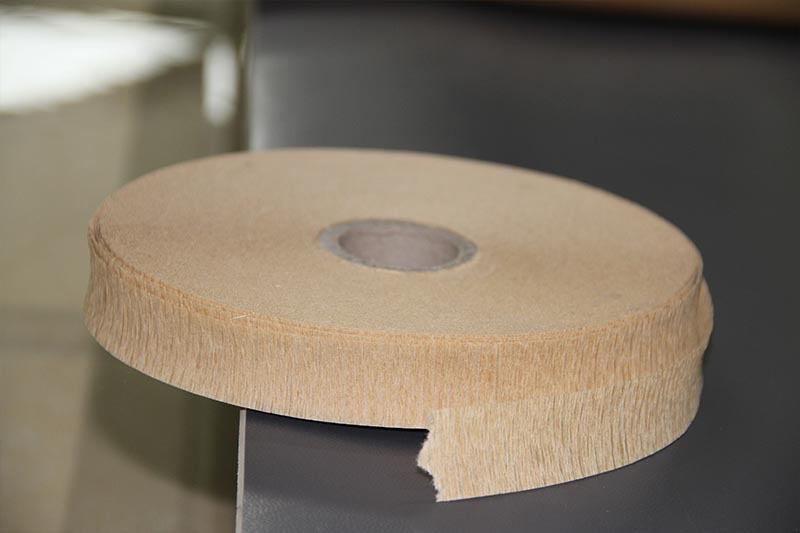
FAQs
Q1: Can heat-resistant crepe paper replace polyimide film?
A1: It can replace polyimide film in mechanical cushioning and filling applications, but polyimide film remains superior in ultra-high temperature insulation and thin-profile applications.
Q2: How should it be stored to maintain stable performance?
A2: Avoid humidity, high temperatures, and direct sunlight. The best method is sealed storage in a dry environment.
Heat-resistant crepe paper, with its crepe structure, excellent thermal stability, and mechanical adaptability, is widely used in power, industrial, and high-temperature packaging applications. Selecting the appropriate material, strictly following preparation and testing procedures, and matching targeted processing methods are key to ensuring long-term stable performance in practical engineering applications. If you need to provide selection suggestions for specific equipment (such as 10kV/35kV transformers or specific models of motors), you can provide the equipment parameters to match the appropriate specifications of heat-resistant crepe paper and test requirements.
- more+releated article
- 2025-12-13How to Select and Use Phenolic Cloth-base Lami
- 2025-12-13How Much Does Bakelite Sheet Cost? 2025 Price
- 2025-12-13Why are most 3240 epoxy boards yellow?
- 2025-12-13What are the Main Applications of FR4 Epoxy Bo
- 2025-12-13Why Does the Price of Insulating Paperboard Va
- 2025-12-13Heat-Resistant DDP Insulation Paper
- 2025-12-13Comparison of Heat-Resistant DDP Insulating Pa
- 2025-12-13G10 and FR4 Epoxy Boards: Commonly Used for Ge
- 2025-12-13The Price of Heat-Resistant DDP Insulation Pap
- 2025-12-13How to Choose Epoxy Laminate Materials for Gen

